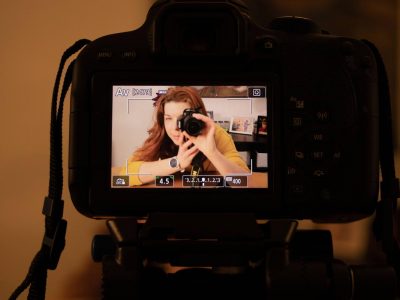By Karen Kelly
Every day, the news from Ukraine and the surrounding region grows more concerning. While the product of years of tensions between Russia, Ukraine, NATO and Eastern Europe, the latest flare-up still seemed to emerge suddenly.

Andrea Chandler
One of the first hints that something was amiss came during Russian President Vladimir Putin’s annual marathon press conference on December 23, 2021.
“There was some very dramatic rhetoric by Mr. Putin about Ukraine that raised a lot of eyebrows,” says Professor Andrea Chandler, a fluent Russian speaker and expert on the region. “He implied that the eastern part of Ukraine was historically part of Russia and that Ukraine only existed because it had been created as a republic in Soviet times. That indicated that he doesn’t respect Ukrainian sovereignty and is disparaging of Ukraine’s existence as its own culture and its own nation.”
The stated reason for the movement of Russian troops is Putin’s concern that Ukraine intends to join NATO, therefore availing itself of Western military protection. But the timing of these threats is perplexing.
“It’s an interesting moment for Russia to make a big deal about a perceived security threat from Ukraine because there have been no recent sudden or dramatic changes,” notes Chandler. “Ukraine is not on some sort of determined path to join NATO and NATO has not committed to admitting Ukraine. Meanwhile there are more pressing issues in both countries—namely the pandemic.”
That being said, Ukraine’s historical value is without question. Located at the nexus of the former Soviet territory and Europe, it is arguably the most strategic part of the old Russian empire. Up until the 2014 Ukrainian revolution, it had a pro-Russian regime led by Victor Yanukovych. After the government’s attempts to quash the Euromaidan pro-democracy protests escalated into violence, Yanukovych hastily left Ukraine for Russia. Soon after, Russia annexed the southern Ukrainian peninsula of Crimea and tensions have been high ever since. The regime questioned the legitimacy of the subsequent democratically elected Ukrainian leaders.
As to the question of why now, Chandler says the consensus is that it’s clearly coming from the Russian president.
“I think it has something to do with his perception of how the international system is changing, and that perhaps during the Trump administration, he had some hope that things in Ukraine would change to Russia’s benefit,” says Chandler. “But with the election of Joe Biden, the United States has intensified its commitment to NATO, so the idea of having a friendly regime in the United States didn’t come to pass.”
Chandler says this latest narrative is woven into the mythology with which Putin surrounds himself.
“Mr. Putin is doing what he has been doing for almost two decades: telling a mythical story about how the West sought to dominate a weakened Russia in the 1990s, in which he emerges as the hero who restored Russian power,” explains Chandler. “But those slogans don’t resonate the same way with people who were born after the collapse of communism. It will be interesting to see if there’s a backlash against these recent actions.”
Chandler also challenges the perception by some Westerners to regard Putin as a master political strategist, due to his longevity in power and his confident personal demeanour.
“His wisdom is overestimated. He has made many mistakes, and the annexation of Crimea from Ukraine in 2014 was one of them. One wonders if Putin is engaging in ‘magical thinking’: perhaps he assumes that all will be well in Russia if Ukraine is regained, while overlooking the risks to Russia’s state capacity and regime legitimacy if it escalates a confrontation on its western border.”
“This is a regime that is adrift,” notes Chandler, “that has no sense of a guiding ethos or a clear vision of the future; instead, it seeks to control the story of the past.”
Monday, January 24, 2022 in Another Take, Department of Political Science
Share: Twitter, Facebook



